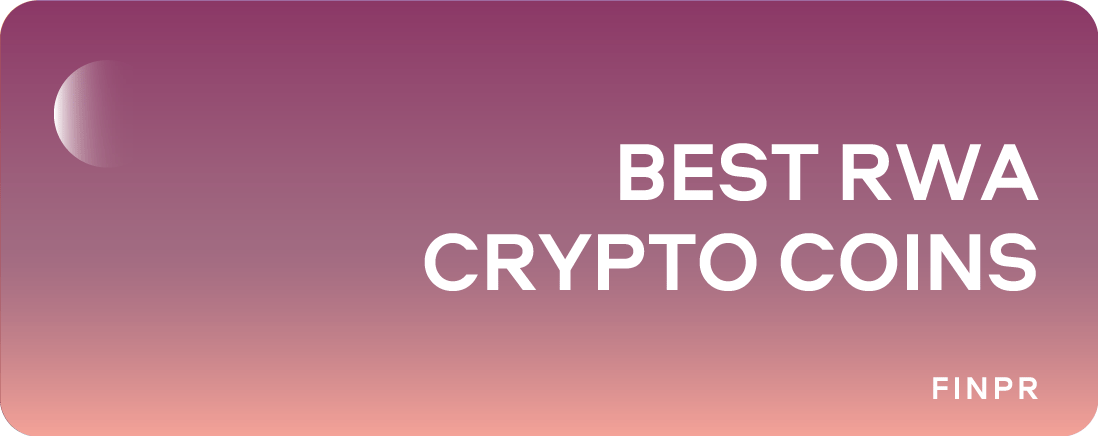
The market for RWA tokens is still in its early stages, but it is rapidly gaining traction. Several high-profile projects and partnerships have emerged, signaling strong interest from both the cryptocurrency community and traditional financial institutions. This growing interest is driven by the desire for diversification, the need for more efficient financial systems, and the increasing recognition of blockchain technology's potential to revolutionize asset management.
What projects are getting attention right now? Read more in the article.
Overview of RWA (Real-World Asset) Tokens
Real-World Asset (RWA) tokens represent a significant advancement in the intersection of traditional finance and blockchain technology. Essentially, these tokens are digital representations of tangible assets, such as real estate, commodities, or financial instruments, which are securely stored on a blockchain. The tokenization of these assets allows for the creation of a bridge between the physical world and the digital realm, providing a way to trade, invest, and manage real-world assets with the efficiency and transparency that blockchain technology offers.
The concept of RWAs is revolutionary because it brings the vast and often illiquid markets of physical assets into the highly liquid and easily accessible world of cryptocurrency. Successful RWA marketing strategies are essential for driving awareness and adoption of real-world asset tokens, helping these innovative projects reach their target investors.
By converting real-world assets into tokens, owners can fractionally sell or trade these assets, allowing for increased liquidity and broader access to investment opportunities. This process democratizes investment, making it possible for individuals and institutions alike to invest in assets that were previously out of reach due to high entry costs or geographic limitations.
Top 5 RWA Crypto Coins in 2025
Here’s an overview of five top RWA crypto projects that are leading the charge in 2025.
1. Polymesh (POLYX)
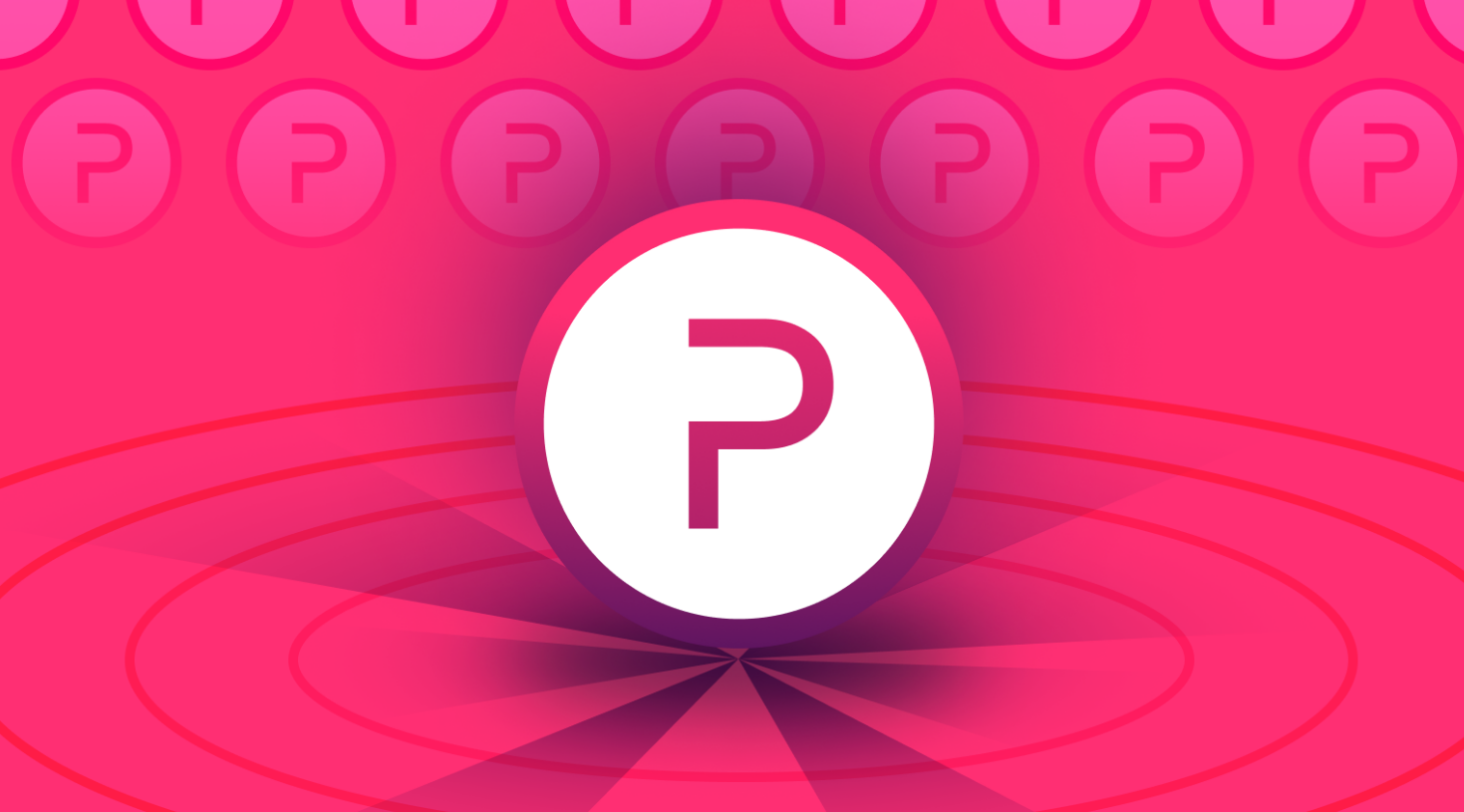
Polymesh is a unique blockchain platform designed specifically for the tokenization of regulated assets such as stocks, bonds, and exchange-traded funds (ETFs). Unlike many general-purpose blockchains, Polymesh focuses on the financial industry, ensuring compliance with regulatory requirements, which is critical for institutional adoption. This specialized approach makes it a significant player in the RWA sector, where compliance and security are paramount. Polymesh's native token, POLYX, plays a central role in the ecosystem, facilitating transactions, staking, and governance activities.
The platform's emphasis on creating a secondary marketplace for traditionally illiquid assets like bonds provides enhanced liquidity for investors. POLYX has experienced substantial growth, with a 165% increase in value over the past year, reflecting its growing adoption and potential in the RWA space. As Polymesh continues to expand, it is well-positioned to lead the charge in bringing regulated financial assets onto the blockchain.
What are the project's features:
- Focus on regulated financial assets.
- Enhanced liquidity for traditionally illiquid markets.
- Robust governance and staking mechanisms.
- 165% value increase in the past year.
2. TrueFi (TRU)
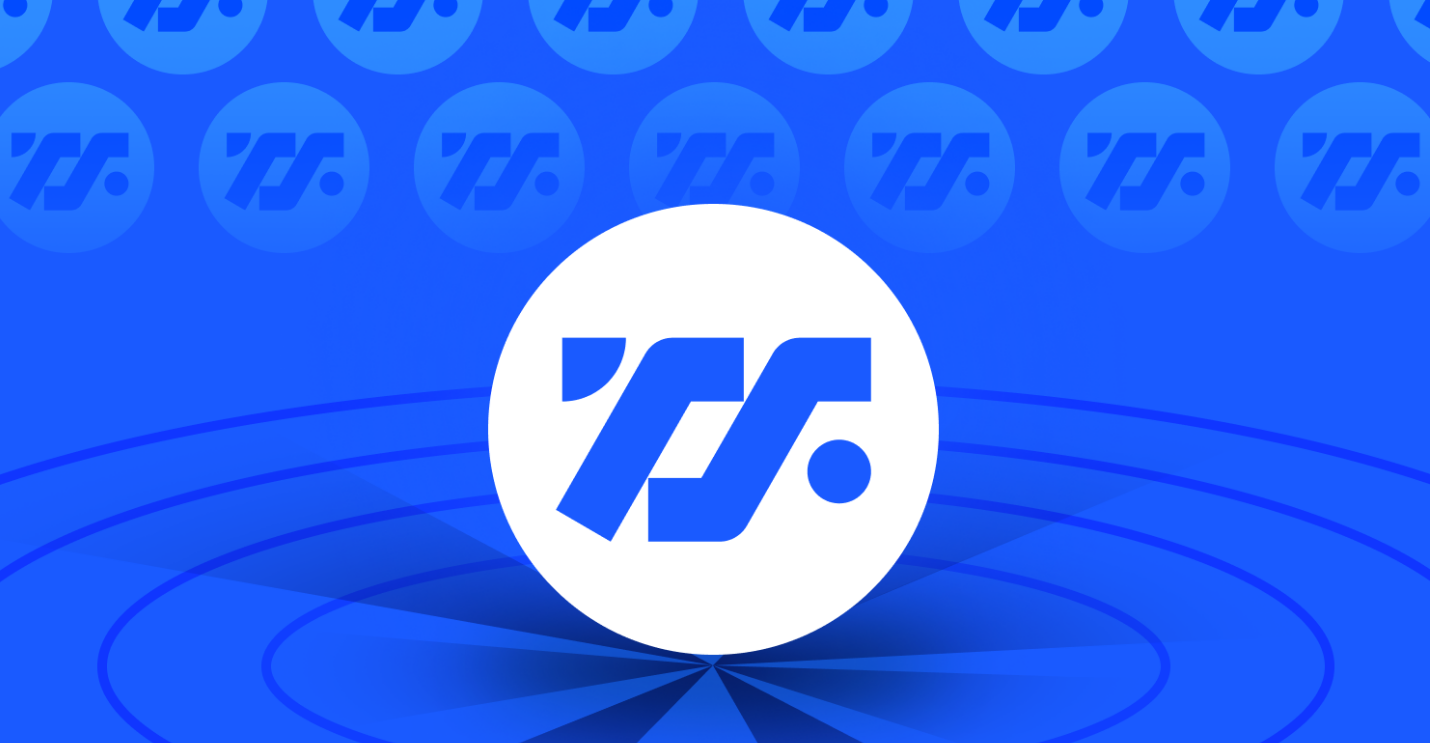
TrueFi is an innovative platform in the DeFi space, offering unsecured loans, a rarity in the world of decentralized finance. Unlike traditional DeFi lending platforms that require collateral, TrueFi allows users to access loans without depositing any tokens upfront. This feature significantly broadens the accessibility of crypto loans, making them more attractive to a wider range of borrowers. TrueFi's native token, TRU, powers the ecosystem, enabling lenders to earn returns on their assets and participate in the governance of the platform.
Over the past year, TrueFi has seen a remarkable 145% increase in value, although it still trades significantly below its all-time high. This indicates both the potential and the inherent risks associated with the project. By offering a novel approach to DeFi lending, TrueFi is carving out a niche for itself in the growing RWA sector.
What are the project's features:
- Unsecured crypto loans.
- No collateral required for loan approval.
- 145% value increase over the past year.
- Governance and staking opportunities for TRU holders.
3. Ondo Finance (ONDO)
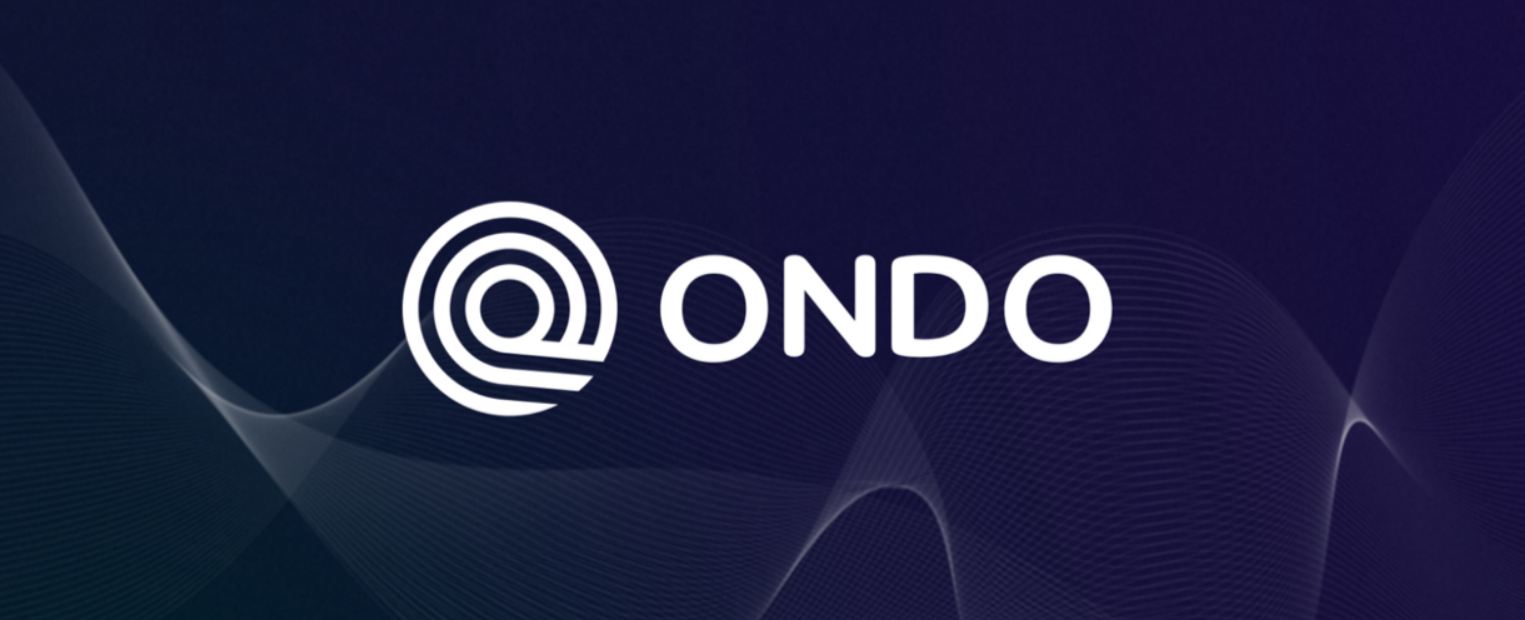
Ondo Finance stands out in the RWA space by offering tokenized versions of high-grade investment products, such as mortgage-backed securities. This approach allows everyday investors to gain exposure to financial instruments traditionally reserved for large institutions. Ondo Finance's model democratizes access to these investments, making them available to a broader audience through blockchain technology. The platform's native token, ONDO, has shown significant promise, with a 380% increase in value over the last 12 months, making it one of the best-performing RWA tokens in the market.
Investors in Ondo Finance receive interest payments from the underlying mortgage-backed securities, providing a steady income stream. This innovative approach to asset tokenization is transforming how investors interact with traditionally inaccessible financial products, positioning Ondo Finance as a leader in the RWA sector.
What are the project's features:
- Tokenization of high-grade investment products.
- Access to mortgage-backed securities for retail investors.
- 380% value increase in the last 12 months.
- Steady income through interest payments on tokenized assets.
4. Algorand (ALGO)
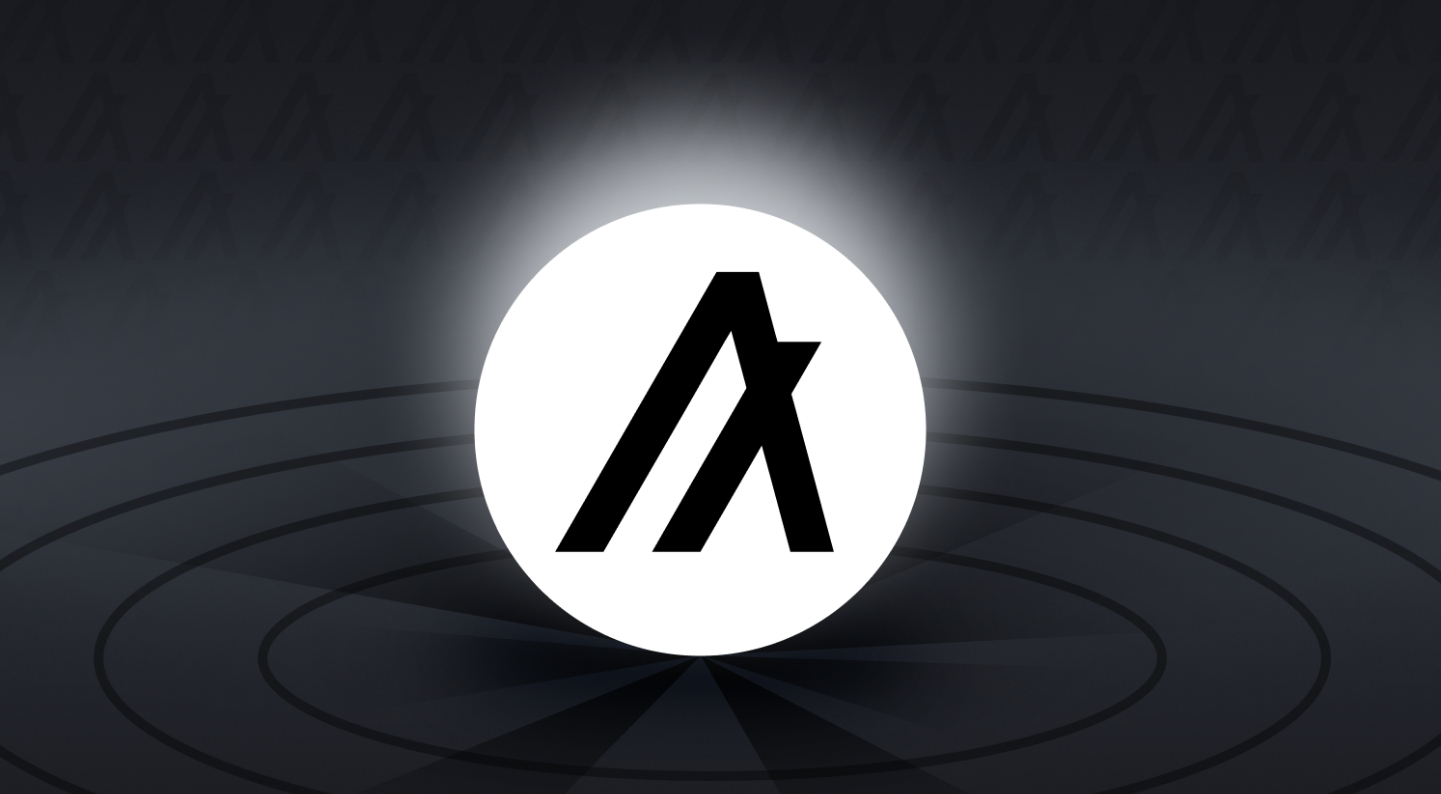
Algorand is a versatile blockchain platform that supports the tokenization of a wide range of real-world assets, including fine art, music, and real estate. The platform is particularly well-suited for creators and artists, offering them the ability to tokenize their work and secure ownership on the blockchain. This capability extends to various industries, making Algorand a popular choice for those looking to bring real-world assets into the digital space. The platform's native token, ALGO, supports these activities, and despite trading at a significant discount from its launch price, it has seen over 15% growth in the past year.
Algorand's partnerships with Web3 platforms further enhance its ecosystem, making it accessible to non-technical users. This ease of use, combined with its broad applicability, positions Algorand as a key player in the tokenization of real-world assets.
What are the project's features:
- Supports tokenization of fine art, music, and real estate.
- Broad applicability across various industries.
- Partnerships with Web3 platforms for user accessibility.
- Over 15% value increase in the last year.
5. Maker (MKR)

Maker is one of the most established names in the DeFi space, known for issuing the DAI stablecoin. However, its expansion into the RWA sector has been particularly noteworthy. Maker now offers collateralized real estate loans, allowing property owners to access liquidity through the issuance of DAI, which is pegged to the US dollar. This model not only provides a stable source of liquidity for real estate owners but also integrates traditional assets into the DeFi ecosystem. The MKR token is central to this system, governing the Maker protocol and absorbing the risks associated with the collateralized loans.
The market capitalization of MKR is approximately $1.79 billion, and the token has seen a substantial increase in value over the past year, making it a strong contender in the RWA space. Maker's ability to bridge traditional finance with decentralized platforms makes it a pioneering project in the tokenization of real-world assets.
What are the project's features:
- Collateralized real estate loans in stablecoins.
- Integration of traditional assets into DeFi.
- Governance and risk management through the MKR token.
- Market capitalization of $1.79 billion.
These projects represent some of the most promising developments in the RWA sector, each offering unique features and potential for growth as the tokenization of real-world assets continues to expand
Selection Method - What We Checked and Why
We began with a longlist from public trackers and well known research hubs. Then we read project docs and audits. We checked the issuer entity and legal setup. We pulled on-chain data and order books. After that, we compared notes and locked a shortlist.
This is independent research by the FINPR team. It is not investment advice.
How to Evaluate RWA Crypto Coins
Evaluating RWA crypto coins requires a thorough understanding of both the underlying asset and the mechanics of the tokenization process. Given that RWA tokens are linked to tangible assets, they present a unique set of evaluation criteria compared to traditional cryptocurrencies.
Assessing the Underlying Asset Value and Its Stability
The foundation of any RWA crypto coin is the real-world asset it represents. Therefore, one of the first steps in evaluating an RWA token is to assess the value and stability of the underlying asset. This involves understanding the asset's market value, its historical performance, and its potential for appreciation or depreciation.
- Market Value: Determine the current market value of the asset and how it has been appraised. For assets like real estate, this could involve looking at comparable property sales, while for commodities, it might involve examining market prices.
- Stability: Consider the asset’s stability over time. For example, real estate in a stable market may be less volatile than a commodity subject to fluctuating market demands. Stability is crucial as it directly impacts the token's price and risk level.
- Growth Potential: Evaluate the potential for the underlying asset to appreciate in value. This could include factors like economic conditions, location (for real estate), or market demand trends.
Importance of Liquidity and Market Demand for RWA Tokens
Liquidity is a critical factor in the evaluation of any crypto asset, including RWA tokens. It refers to how easily an asset or token can be bought or sold in the market without affecting its price.
- Market Liquidity: Assess the overall market liquidity of the RWA token. A token with high liquidity can be easily traded, providing flexibility for investors. Conversely, tokens with low liquidity may be difficult to sell quickly or at a desirable price.
- Trading Volume: Review the trading volume of the RWA token on various exchanges. High trading volume is often an indicator of strong market interest and demand, which contributes to better liquidity.
- Market Demand: Understand the demand for the specific RWA token and its underlying asset. A token linked to a highly sought-after asset is likely to maintain or increase in value, while those tied to less popular assets may struggle to find a market.
Evaluating the Transparency and Reliability of Token Issuance
Transparency is a cornerstone of blockchain technology, and it’s especially important in the context of RWA tokens, where investors need to trust that the underlying assets are accurately represented.
- Transparency of Asset Ownership: Ensure that the ownership of the underlying asset is clear and legally documented. The issuing entity should provide verifiable proof of ownership or control over the asset.
- Audit and Verification: Look for tokens that are regularly audited by reputable third parties. Audits help confirm that the assets are accurately represented and that the token issuance is compliant with legal standards.
- Issuer Reputation: Research the reputation and track record of the token issuer. Reliable and experienced issuers are more likely to manage the token responsibly and ensure its long-term viability.
Analyzing the Performance History and Growth Potential
Understanding the historical performance and future potential of an RWA token can provide insights into its investment viability.
- Historical Performance: Examine the past performance of the RWA token, including price trends, returns, and any historical volatility. Consistent performance over time can be a positive indicator of the token’s stability and reliability.
- Growth Potential: Analyze the potential for future growth. This could involve looking at market trends related to the underlying asset, technological advancements in the tokenization process, and broader economic conditions that might impact the asset's value.
Risk Factors: Legal, Market, and Technological Considerations
Investing in RWA crypto coins comes with a unique set of risks that must be carefully considered.
- Legal Risks: Review the regulatory environment surrounding RWA tokens. Regulations can vary significantly by region, and legal uncertainties can impact the token's value and tradability. It's crucial to ensure that the token complies with all applicable laws and regulations.
- Market Risks: Consider the potential market risks, such as economic downturns or changes in market demand, that could negatively impact the underlying asset and, by extension, the RWA token.
- Technological Risks: Evaluate the technological infrastructure supporting the RWA token. This includes the security of the blockchain platform, the reliability of smart contracts, and the risk of technological obsolescence. A robust and secure platform reduces the risk of fraud, hacking, and other technical failures.
Importance of Tokenizing Real-World Assets
Tokenizing real-world assets is more than just a technological innovation; it's a paradigm shift in how we perceive and interact with value. The traditional financial system often suffers from inefficiencies, such as lengthy settlement times, high transaction costs, and limited accessibility. RWA tokens address these issues by enabling near-instantaneous transactions, reducing costs associated with intermediaries, and allowing a global audience to invest in assets regardless of their physical location.
The tokenization of real-world assets can lead to enhanced transparency and security. Blockchain technology, which underpins RWA tokens, offers an immutable ledger where all transactions are recorded and accessible to the public. This transparency reduces the risk of fraud and increases trust among investors.
Additionally, smart contracts — self-executing contracts with the terms directly written into code — can automate and enforce agreements, further reducing the potential for disputes or breaches. Effective Web3 community management is crucial for fostering engagement and trust among users, particularly in decentralized projects like those in the RWA space.
Final Thoughts
Investing in RWA tokens offers a compelling opportunity to diversify portfolios, gain exposure to traditionally illiquid markets, and participate in the next wave of blockchain adoption. As blockchain technology continues to mature and regulatory frameworks around digital assets become clearer, the adoption of RWA tokens is expected to accelerate.




